🐾 Kids at the Dog Park: Real Stories, Safety Risks & Smarter Solutions
If you’ve spent time at an off-leash park, you’ve probably seen it:A parent strolls in with a stroller 🚼 or […]

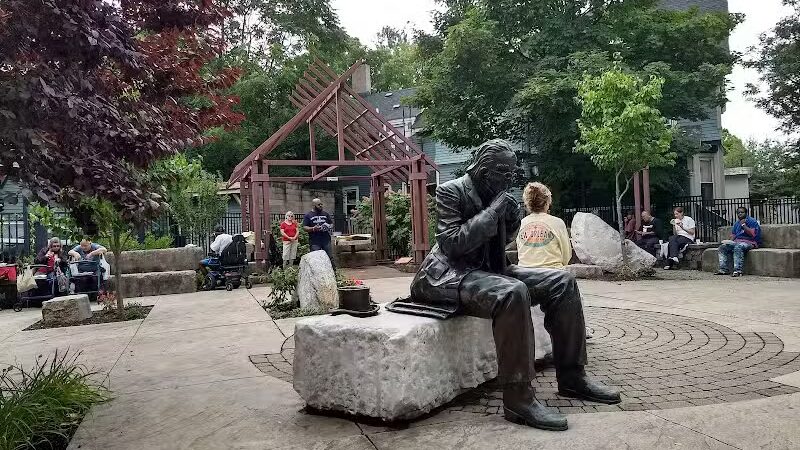
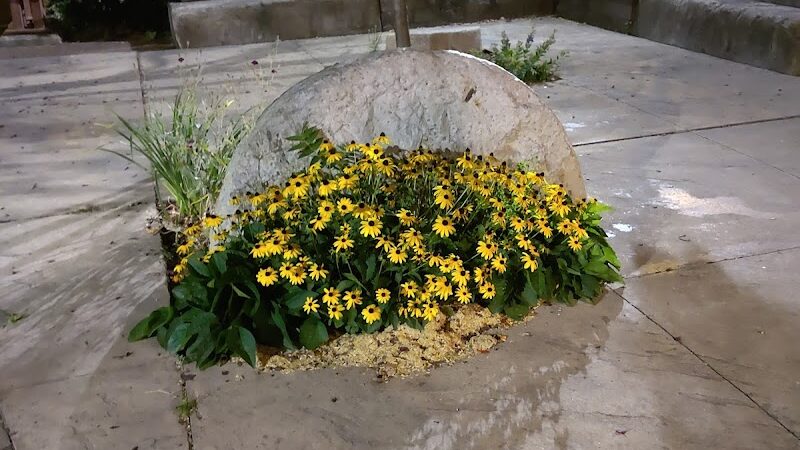
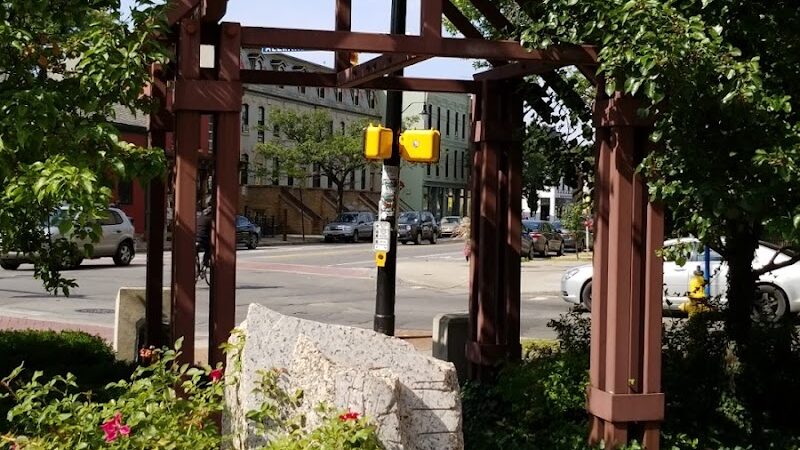
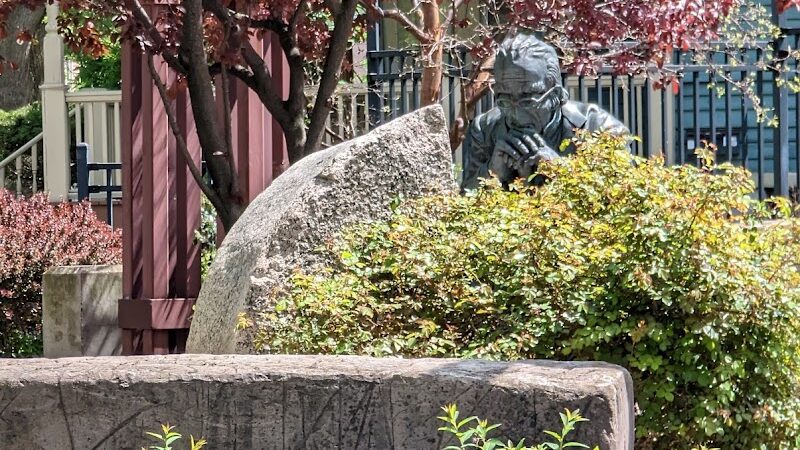

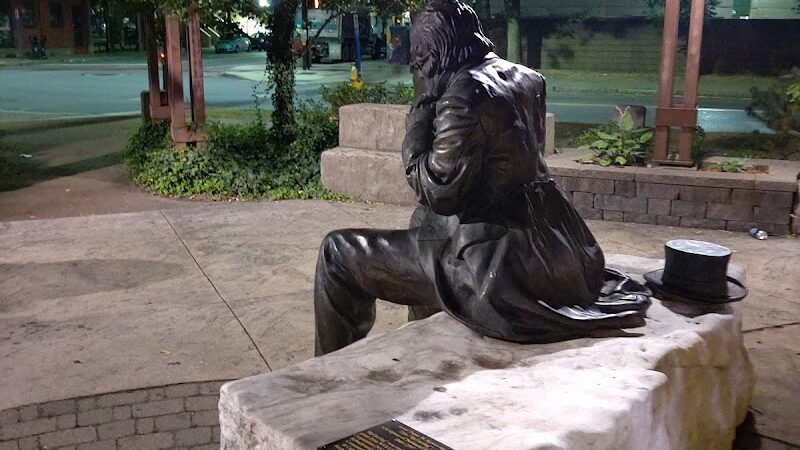
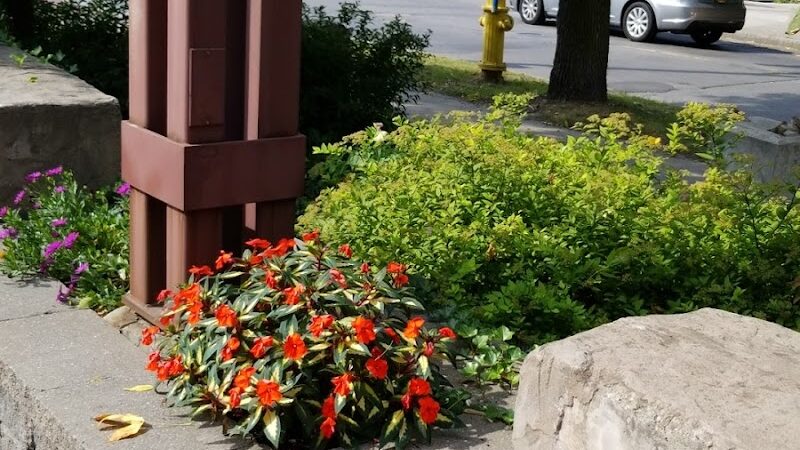
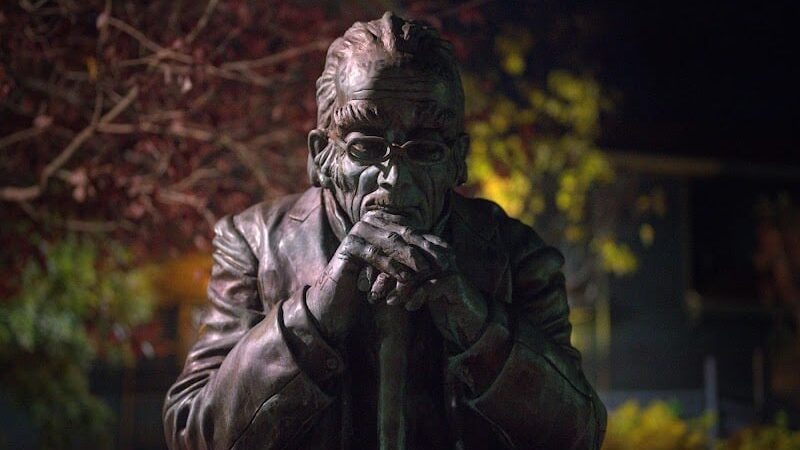
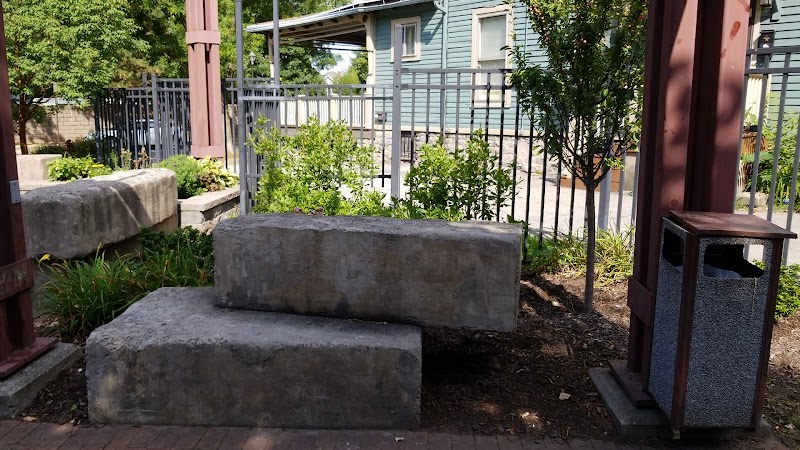
Nathaniel Square Park is a charming pocket park located at 62 Alexander St in the heart of Rochester, New York. Known for its peaceful atmosphere, this dog-friendly green space is ideal for a quiet break or contemplative stroll with your pup. The park features a welcoming environment and is wheelchair accessible, making it easy for everyone in the community to visit and enjoy.
Often described as a jewel among Rochester parks, Nathaniel Square Park stands out for its consistency in being well-maintained and clean. While it doesn’t have a large dog park-style layout or extensive amenities, the park offers ample seating and thoughtful landscaping, providing a serene atmosphere ideal for dog owners seeking a tranquil spot to walk or relax with their leashed pets. Its location and cozy feel make it an inviting escape amid the urban bustle.
This small park is located at the corner of Alexander and South Ave.
Nathaniel Rochester (February 21, 1752 – May 17, 1831) was an American Revolutionary War soldier and land speculator, most noted for founding the settlement which would become Rochester, New York.
Nathaniel Rochester was the fifth of six children born to John and Hester Thrift Rochester in Westmoreland County, Virginia on February 21, 1752.[1] His father, who owned Rochester House,[2] died in 1756. Five years later, Hester married Thomas Cricher. Cricher moved the family to Granville County, North Carolina in 1763, where Nathaniel attended the school of the Reverend Henry Pattillo.[3] His grandfather William Rochester emigrated from England to the Americas.[4]
Two of the directors of the Hagerstown Bank, Colonel William Fitzhugh and Major Charles Carroll were, like Rochester, wealthy landowners interested in acquiring land in the new “frontier” of the U.S.[8] In 1800, Fitzhugh and Carroll convinced Rochester to travel with them on a prospecting visit to the frontier lands of New York, specifically to the lands along the Genesee River. Their first trip took them to Dansville, where Rochester purchased a combined 520 acres, while Fitzhugh and Carroll purchased another 12,000 at NULL per acre.[9]
Rochester’s interest in the land he now owned along the Genesee prompted him to relocate his family to the river valley in May 1810.[12] On June 10 of that year, the family reached Dansville and established a homestead.
In 1811, Rochester began establishing a town on the Upper Falls tract. He laid out streets on a gridiron pattern and established plots of land for municipal, church, and business use. Later that year, he began to offer quarter-acre lots for sale on the two main roads—Buffalo Street running east to west and leading to a bridge across the river, and Mill Street running north to south.[14] Lots were sold for NULL, except for the northwest lot at Four Corners which sold for NULL; lots on adjoining streets were sold for NULL and buyers were required to pay a NULL deposit and build a home or business twenty-by-sixteen feet within one year. Rochester reserved a large lot on Buffalo Street for public buildings.[15] While the settlement had previously been called The Falls or Falls Town, the three partners agreed to the name “Rochesterville.” When later accused of vanity for the name Rochester quipped, “Should I call [the village] Fitzhugh or Carroll, the slighted gentleman would certainly feel offended with the other; but if I called it by my name, they would most likely be angry with me; so, it is best to call it Rochester and serve both alike.”[11]
In 1817, Rochester served on a committee to petition the state to build what would become the Erie Canal on a proposed northern route that included a crossing on the Genesee River at Rochesterville. The government eventually accepted this route, contributing to the growth of the future city. In late 1817, Rochester helped petition the state to incorporate Rochesterville. Although the first petition failed due to opposition from neighboring jurisdictions, a second petition passed, and the City of Rochester was incorporated on 21 April. The suffix -ville was dropped in 1822. Also in 1817, Rochester was part of a group that organized St. Luke’s Episcopal Church in Genesee Falls,[21] with Rochester serving as its first Senior Warden. Eventually, Rochester gave land for the church building on Fitzhugh Street.
In 1821 Rochester played a pivotal role in the creation of Monroe County, which Rochester named after President James Monroe. When the county was officially formed, Rochester became its first county clerk and was elected its first representative to the New York State Assembly.
bad place to sit down and relax for a little bit.
What a gorgeous little spot. Every time I drove by it at night I was intrigued by the statue of the old man. I finally got to stop and take his photo one night and almost couldn’t tear myself away. It’s the perfect spot for a little or a lot of quiet thinking.
When you want to sit and contemplate life, Nathaniel is always there for you… forever contemplating.
This is a jewel of a pocket-park. We’ll used on a Saturday and always clean.